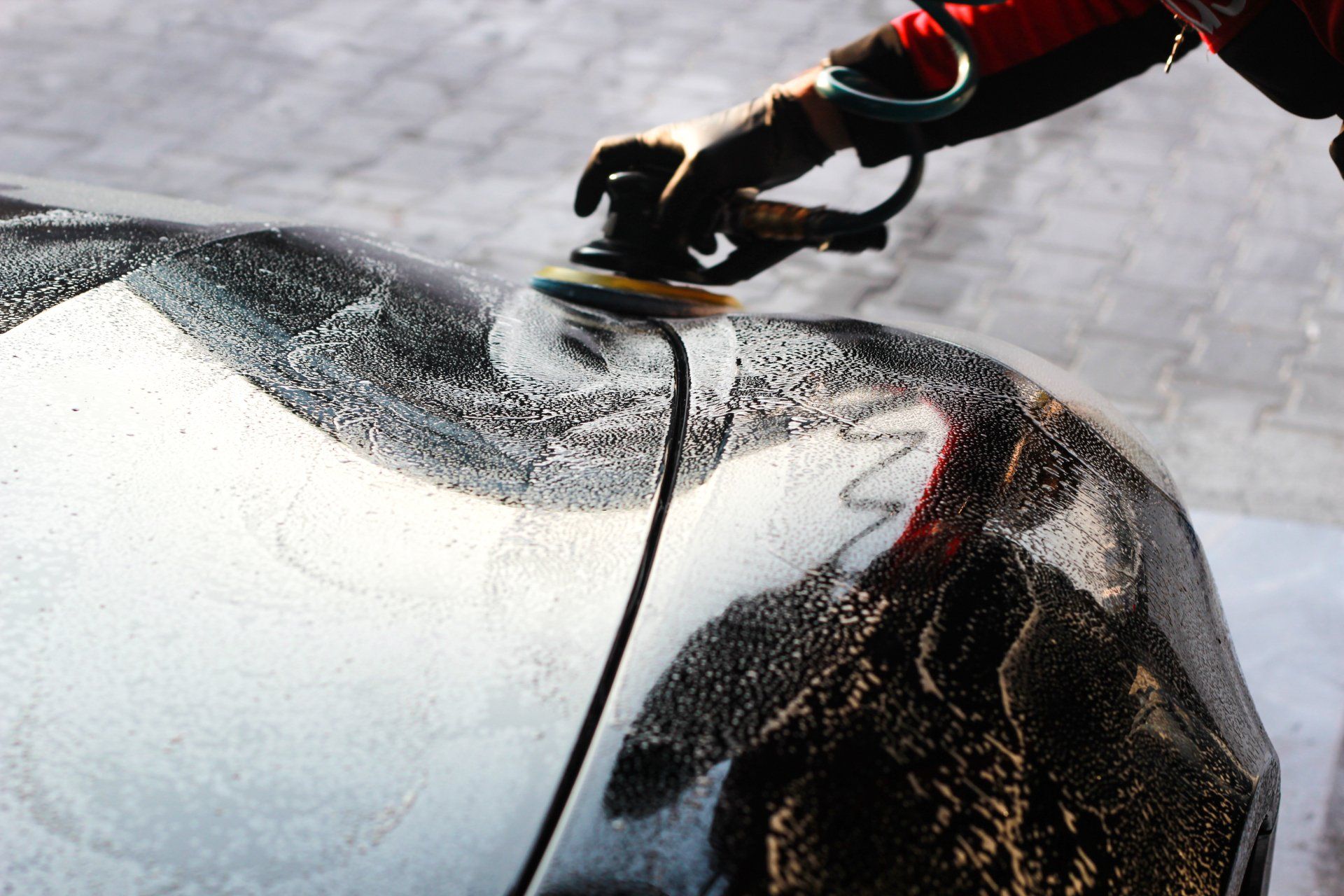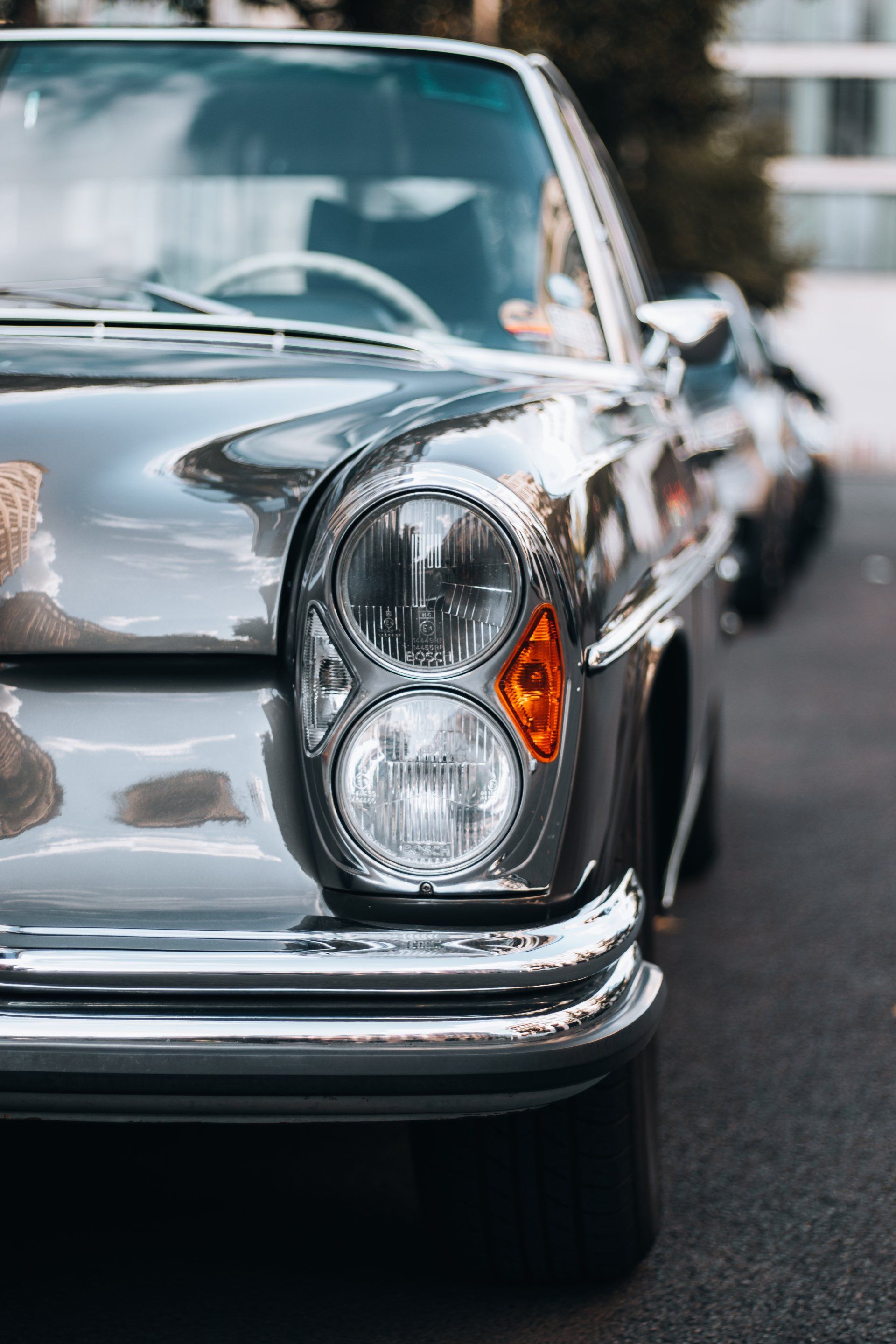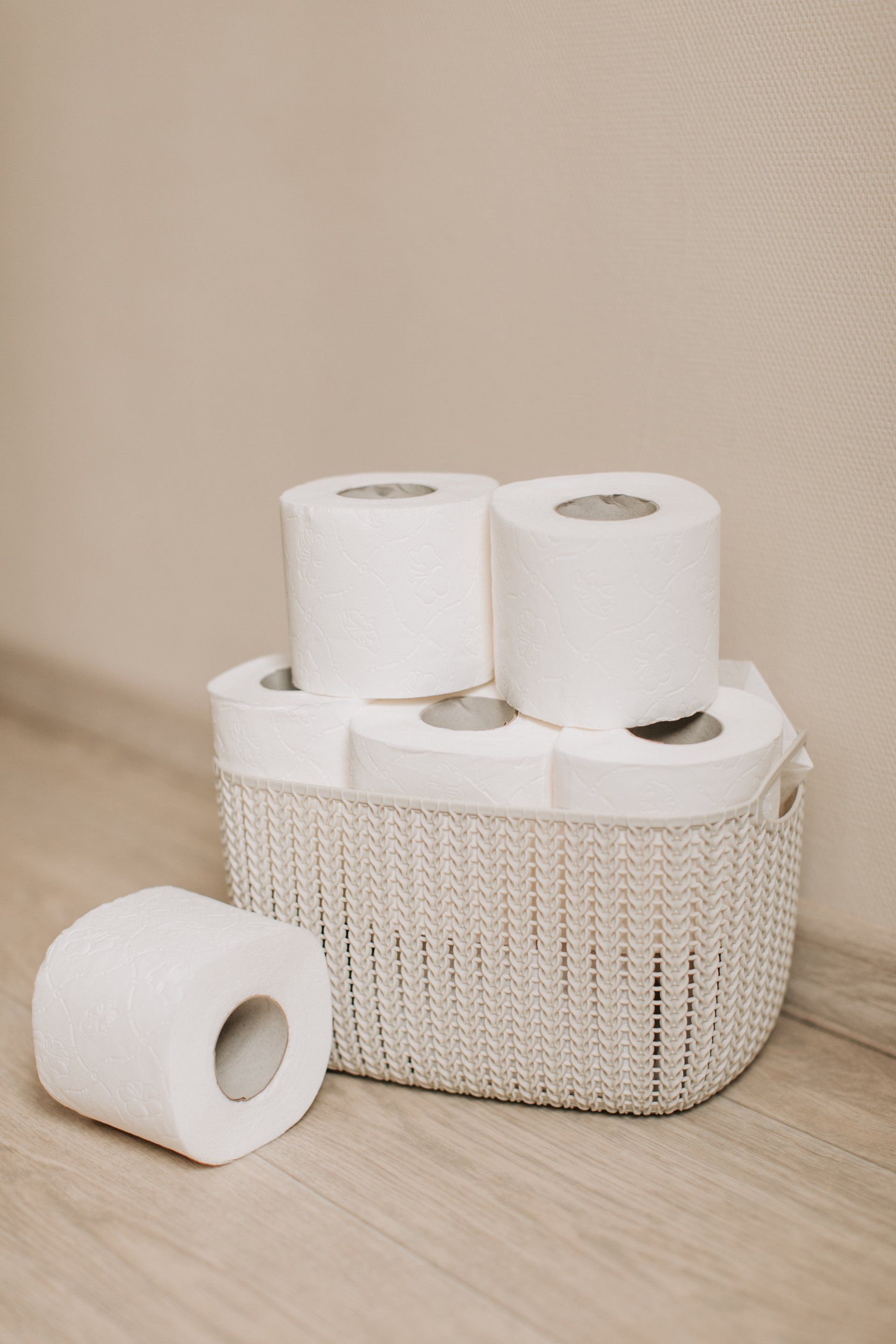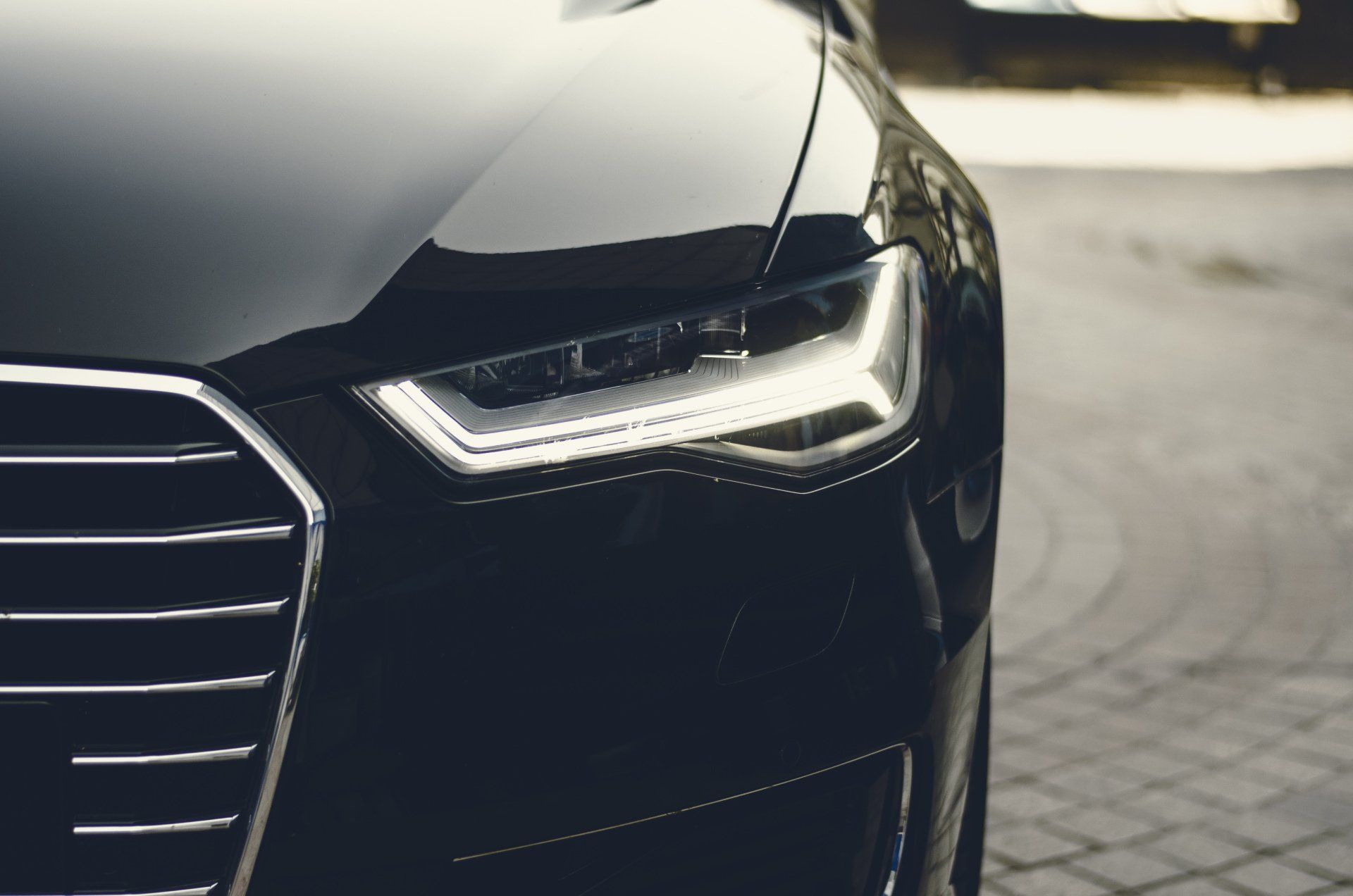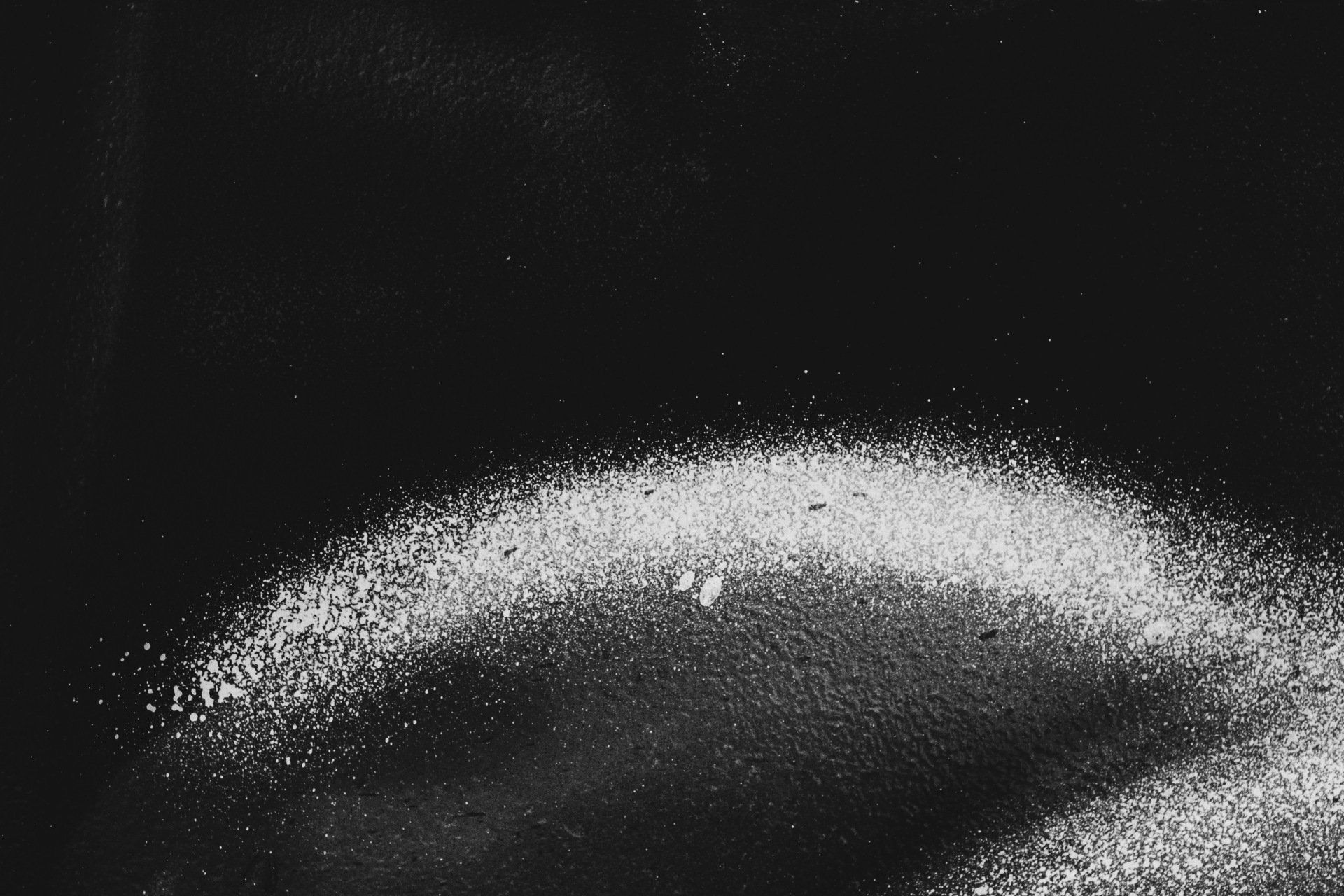Tips for Getting Those Water Stains Out of Car Seats
Tips for Getting Those Water Stains Out of Car Seats
Simple advice straight from the experts on how to remove water stains off the car seat and upholstery.
It's never the same: The one time you leave your windows closed overnight, and it rains. Then, you forget to set the rear windows open to the fullest as you drive across the wash. Although you're using "just water," your seat, be it cloth or leather, appears like someone tried to paint watercolor on the upholstery.
The good news is that it's possible to get it cleaned using a few ingredients and a bit of patience. Here's how you can get water stains off of car seats, as per the experts.
Move Quickly
Like all stains, the more quickly you respond, the more successful you'll be. The longer the stain sits on your furniture, the longer it'll set and get more difficult to remove.
Before you get rid of the stain, be sure that you don't contribute to the mess. Remember: Blot, don't rub. Rub, and you could be pushing the stain deeper into the fibers, which makes it more difficult to wash away.
Vacuum Up Debris
Experts agree: Begin by cleaning your automobile seat completely. This will take out the dirt that is small and granular and will make wiping the area easier in the next actions of cleaning.
Sometimes, the crumbs or dirt could make the stain worse if they are wet, which is why it's safer to take your time and eliminate them prior to beginning the deep-cleaning process.
Evaluate Your Cleaners
We recommend starting using the least abrasive products first before taking out the more powerful ones in the event that the stain becomes hard to get rid of. However, for any stain, experts suggest staying clear of aggressive solvents like alcohol-based cleaning products.
Pre-Treat Darker Stains
An effective initial step, especially when the stain is darker, is to gently rub one teaspoon or two of white vinegar onto the stain using a clean microfiber cloth. Allow it to sit for around five minutes prior to blotting it out and then transferring it to shampoo.
Others suggest a mixture of the equivalent of one gallon of water, one cup of vinegar, and one teaspoon of dish soap to clean your car seats. Be aware that both of these treatments are intended for upholstery made of fabric, not leather.
Shampoo the Upholstery
The solution to any error that you make with pleather or leather car seats is to use the Lexol line. We've tested a lot of products for cleaning and conditioning leather as well. Lexol is our top choice by an inch. It's quick, simple, and heals a whole world of wrongs.
Spray and clean using the cleanser with an emery cloth, which will take away dirt and watermarks. Wipe off any excess and allow it to dry, and then apply the conditioner next. Apply the conditioner and let it soak for a couple of minutes, as a hair conditioner, wipe it off with your microfiber cloth, and POOF!
For upholstery use, Woolite Upholstery & Carpet Foam can be used. It's a foam-based cleaner that helps you make use of less product and not accidentally push a ton of soap into the cushion of your seat. Then use Woolite to be safe to color and not damage the fabric. Blot the fabric with an abrasive cloth to finish.
If the material appears sturdy, applying an upholstery brush to remove any staining that is stubborn from the crevices is okay. Be careful not to overdo it.
Prep and Protect
Once you've removed the stain, remember to plan and secure it to ensure that this doesn't happen again.
Similar to cleaners, there are many sprays for fabric protection and waterproofing available. Make sure that the product is suitable for the fabric inside your vehicle. Make sure to try the product in an isolated area to ensure it's compatible with your leather upholstery. Also, make sure you treat the leather.

